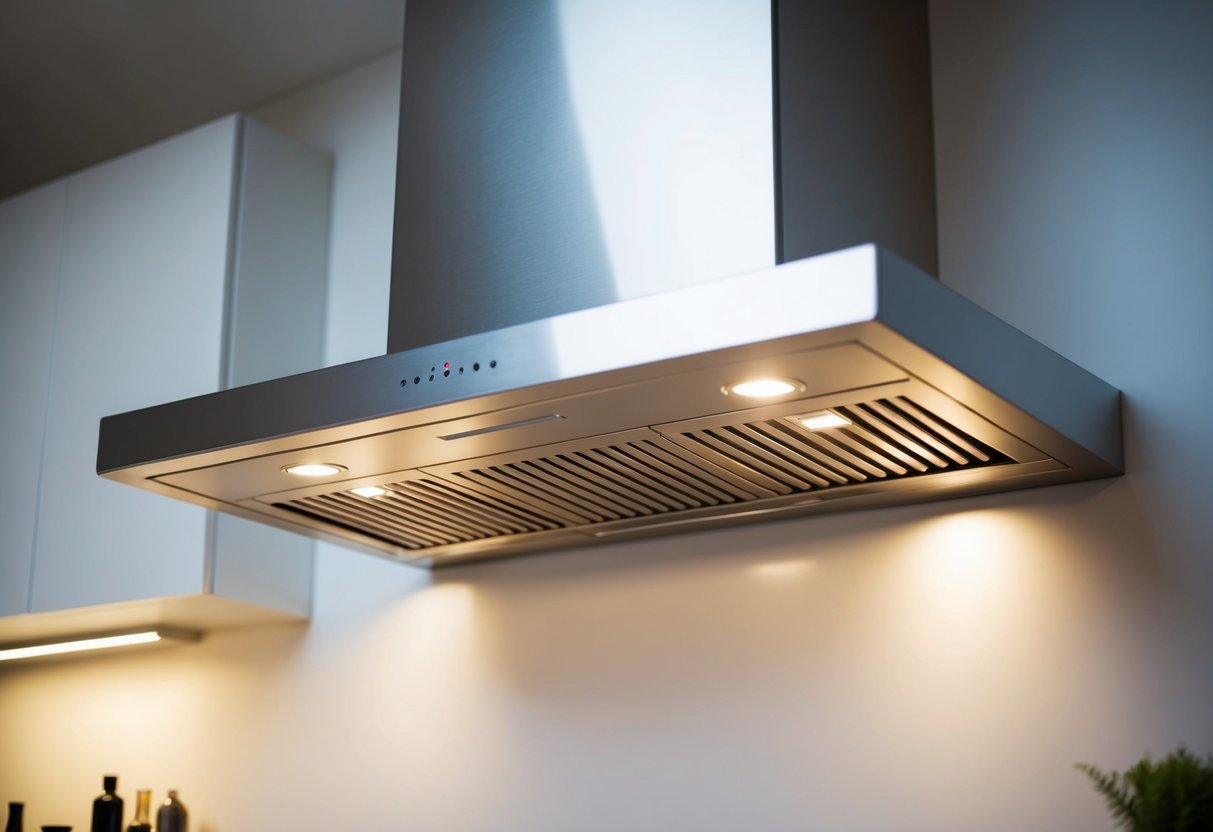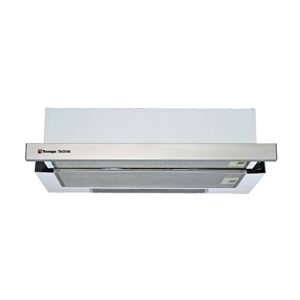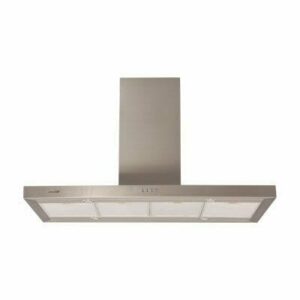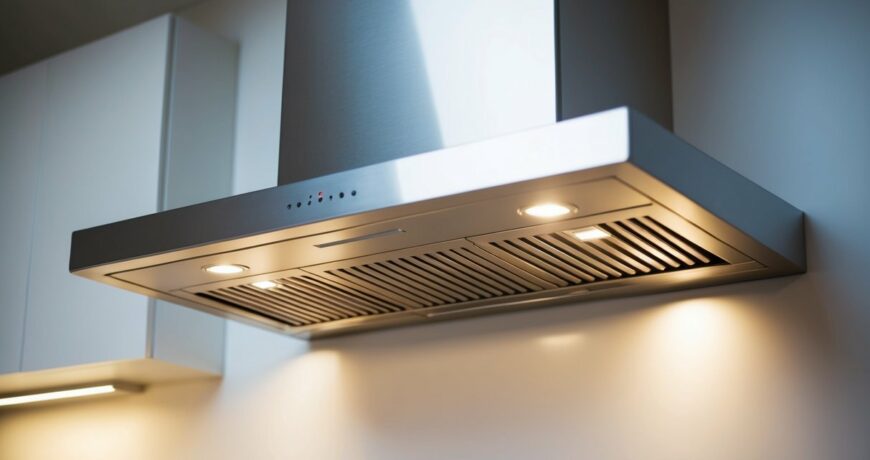Range Hood Shopping Made Easy: Your Essential Buyer’s Guide
When planning your kitchen, one crucial detail is choosing the right range hood. Selecting the correct range hood dimensions is essential as it impacts both functionality and aesthetics. The ideal size is typically equal to or slightly larger than your cooking surface to ensure efficiency in capturing smoke and odors.

The variety of range hood types available can cater to different kitchen design needs and cooking habits. Wall-mounted range hoods are popular for their effectiveness and stylish designs, while under-cabinet options offer discretion and practicality. Each type offers unique benefits and can dramatically influence the feel and function of your kitchen space. Understanding your specific needs helps in making a practical and stylish choice.
Understanding Range Hood Dimensions
When considering range hoods, dimensions play a crucial role in functionality and aesthetics. It’s essential to understand the standard sizes available and how to measure your space accurately for installation.
Standard Size Ranges
Range hoods come in various sizes to fit different kitchen layouts. The most common widths available are 60 cm, 75 cm, and 90 cm—these dimensions align with standard stovetop sizes.
Width Size Chart:
- 60 cm: Suitable for small to medium cooktops.
- 75 cm: Matches medium-sized cooktops.
- 90 cm: Ideal for large cooking surfaces.
You should also consider the depth, typically ranging between 30 cm and 50 cm. Proper range hood selection based on your kitchen cabinetry and appliances is important for both function and appearance.
Measuring for Range Hood Installation
Accurate measurements are key to a successful installation. First, measure the width of your cooktop.
Next, measure the available space between the stovetop and the cabinets or ceiling. Installation height varies, but it should be between 65 to 75 cm above an electric range and 75 to 85 cm above a gas range.
Consider ventilation. If you have overhead cabinets, ensure there is space for ducting if required, and measure the depth needed for duct cover.
Measurement Steps:
- Measure the width of the cooktop.
- Allow for additional space, approximately 10 cm wider than the cooktop for best results.
- Ensure sufficient clearance from the top of your cooktop to the hood, generally between 65 to 75 cm.
- Consider ventilation and ducting space if required.
Selecting the Right Range Hood
Choosing the right range hood involves considering dimensions, effectiveness, and features. Ensure that the model you select complements your kitchen layout and has your desired features or settings.
Matching to Your Cooktop Size
Aligning the size of the range hood with your cooktop ensures efficient smoke and odor extraction. Measure your cooktop and choose a range hood that extends beyond the cooktop’s dimensions. For instance, if your cooktop is 90 cm wide, consider a range hood that’s at least 100 cm wide. This extension aids in capturing smoke and steam efficiently.
Consider the cooking habits of your household: if you frequently use all the burners or cook at high heat, opt for a larger and stronger hood. A higher extraction rate is necessary if you frequently grill or use multiple burners simultaneously.
Lighting
Lighting is an essential feature in a range hood, enhancing visibility while cooking. Common options include LED, incandescent, or halogen lights. LED lights are energy-efficient and provide excellent illumination. Ensure the lighting is adjustable to match your needs.
Positioning of lights is important. Integrated lights directly over the cooktop offer the best visibility. Check if the range hood has dimming settings. This feature adds flexibility and can create ambient lighting in your kitchen space.
Power & Extraction Rate
The extraction rate of range hoods are measured in cubic meters per hour (m3/hr). The higher the rate, the more air—and hence smoke or contaminates—are sucked and extracted through the range hood.
If you do a lot of cooking or have a larger kitchen, consider a range hood with a high extraction rate of 700m3/hr or more.
Ducted vs. Ductless
Choosing between ducted and ductless range hoods largely depends on your kitchen’s layout and ventilation requirements. Ducted range hoods are highly effective, expelling air outside through a duct, which is ideal for larger kitchens or frequent cooking.
Ductless range hoods, on the other hand, use filters to purify the air before recirculating it back into the kitchen. They are easier to install as they don’t require extensive ductwork. Consider these factors and decide based on installation complexity, efficiency, and costs.
Types of Range Hoods
Whether you’re looking for something sleek for apartment living or a standout piece for a large kitchen, the different types of range hoods offer unique features, benefits, and installation considerations.

Wall-Mounted / Canopy Range Hoods
Once only seen in commercial kitchens due to their high extraction power, these are now a popular household range hood. They are fixed against a wall without cabinets surrounding them, making them a standout piece of appliance in the kitchen.
Benefits:
- Powerful extraction: Capable of quickly clearing heavy smoke and strong odours.
- Statement piece: Can become a prominent part of your kitchen decor.
Suitability:
Ideal for larger kitchens with ample space, or frequent entertainers with homes where the kitchen is a central social area. These hoods are less suitable for small spaces or kitchens with minimal wall space. As the unit is completely exposed, this design may also not suit if you don’t wish for your appliances to be seen or take up too much space.

Undermount Range Hoods
Undermount range hoods, also known as concealed or integrated hoods, are designed to fit seamlessly under kitchen cabinets. They aim to blend in without drawing attention, and are popular for their hidden nature and integration into various kitchen aesthetics.
Benefits:
- Efficient air cleaning: Removes smoke and steam at varying speeds.
- Low profile design: Discrete installation and space conserving.
Suitability:
Perfect for small to medium kitchens with a focus on maintaining an uninterrupted kitchen design. They may not suit larger, open spaces needing extremely high ventilation capacity. Ensure compatibility with your current cabinetry.

Slide-Out Range Hoods
Slide-out range hoods, also called retractable hoods, save space by sliding out from under a cabinet only when needed. They switch on and off by sliding in and out. They are less conspicuous when not in use.
Benefits:
- Space-saving design: Hidden when retracted inside the cabinetry.
- Easy activation: Simply pull or push to turn on and off.
Suitability:
Ideal for apartments or smaller homes, where maximizing space is crucial. Not suitable for kitchens requiring heavy-duty ventilation as their power is generally lower, as well as those looking for a more decorative appliance.

Island Range Hoods
Island range hoods are specifically designed for island worktops, or kitchens with a central cooking unit. Suspended from the ceiling, they provide a focal point and are viewable from all angles—which poses an opportunity for attractive styling.
Benefits:
- Excellent airflow: Engineered to ventilate larger open areas effectively.
- 360-degree style: Designed to look good from all sides for open-concept kitchens.
Suitability:
Best suited for large kitchens with an island, providing both functional and decorative benefits. They are impractical for kitchens with limited ceiling space, traditional stove placements against a wall, or those without an island.
Range Hood Design & Other Considerations
Selecting the right range hood also involves considering aesthetics, material choice, ease of cleaning, energy efficiency, and noise levels. These factors help ensure you choose a range hood that complements your kitchen and meets your practical needs.
Aesthetics & Styles
Visual appeal is often a top priority in selecting a range hood. You have a variety of styles to choose from, including wall-mounted, chimney, under-cabinet, and island hoods. Each comes in different finishes, such as stainless steel, glass, or even custom wood, which you can match with your kitchen decor.
It’s essential to pick a style that complements your kitchen’s theme. A minimalist kitchen may benefit from sleek, contemporary designs. In contrast, a rustic kitchen might suit range hoods with warmer finishes.
Material & Durability
The material of a range hood affects its longevity, functionality, and appearance. Stainless steel is a popular choice due to its durability, resistance to rust and ease of cleaning. For those seeking a more unique appearance, copper and bronze offer rustic character and natural patina over time. Tempered glass is an option for a modern look, but may require more maintenance.
Durability is important to ensure a long-lasting kitchen investment. Consider how resistant each material is to heat, moisture, and daily wear and tear.
Brand Reliability
Selecting a dependable brand when purchasing a range hood sets you up for optimal performance and longevity. Established manufacturers such as La Germania, Elba, or Beko have an established reputation for high-quality range hoods.
To make an informed decision, delve into customer reviews and ratings to evaluate the brand or product for your unique needs. Also consider the warranty and customer service support offered by the manufacturer. Choosing a reputable brand with a strong track record ensures that your investment is functional and stands the test of time.
Maintenance & Cleaning
Filters, whether metal or charcoal, should be cleaned or replaced periodically according to the manufacturer’s instructions. Metal filters often require a simple wash in warm soapy water, while charcoal filters may need regular replacing.
Choosing a design with smooth, easily wipeable surfaces simplifies cleaning. Look for hoods with features like removable grease trays or accessible filter slots. Keeping the range hood clean enhances its efficiency and ensures a healthy kitchen environment.
Energy Efficiency & Sustainability
Energy-efficient range hoods can reduce overall power consumption. Opt for models with Energy Star ratings, as they tend to efficiently ventilate with minimal electricity, making them an eco-friendly choice.
LED lighting is an energy-saving feature often used in range hoods. This not only reduces energy usage but also provides bright, effective lighting for cooking. Choosing an energy-efficient range hood benefits both the environment and your utility bills over time.
Noise Levels
Noise level is a significant consideration, especially if your kitchen opens into living spaces in your home. Range hoods vary in noise levels. Quieter models offer less disruption and help maintain a pleasant kitchen atmosphere.
Look for range hoods with adjustable fan speeds, allowing you to control the noise output in balance with ventilation as needed. Some hoods incorporate advanced technology to minimize sound while maintaining powerful airflow.
Always listen to the hood in operation at a store before going through with the purchase to ensure it meets your expectations in a real-world setting.
Common Issues & Troubleshooting
When dealing with range hoods, you might encounter several common issues. Unwanted noise can often be a problem. Check if any loose parts or filters are causing vibrations. Tightening screws and ensuring the hood is securely mounted may resolve the issue.
Another frequent problem is poor ventilation. Ensure your filters are clean and free from grease buildup, and that the ductwork is clear from obstructions or debris. Consider if the hood’s capacity matches your cooking needs.
Inadequate lighting may also occur if a bulb is not working. Inspect the light socket for damage and make sure to replace burned-out, faulty, or incompatible bulbs. If the issue persists, wiring may be faulty and require professional inspection. Always use the appropriate wattage to prevent electrical issues.
Range hood doesn’t turn on? Check the power source. Make sure it’s properly connected to an outlet. If it still doesn’t work, inspect the circuit breaker for any tripped switches. A faulty switch may be the cause, and replacing them can often remedy this problem.
If you continue to experience difficulties after troubleshooting these problems, consulting with a professional technician may be necessary.
Conclusion
When selecting a range hood, you should carefully consider the size and dimensions that best fit your kitchen space. Measure your cooking area to determine the ideal range hood width, which is typically as wide as your cooking range or cooktop.
Choose a range hood type that suits your cooking style and kitchen layout. Options include wall-mounted, island, slide-out, and under-cabinet hoods. Each type has its unique features and installation requirements. Additionally, pay attention to ventilation capacity, and features such as fan speed, noise control, lighting, and filter type.
Anson’s range hoods collection encompass a wide range of options that combine style with functionality. Whether you prioritize design harmony, performance, or ease of installation, we provide models tailored to fit your specific needs and help you create a pleasant and efficient cooking environment.

